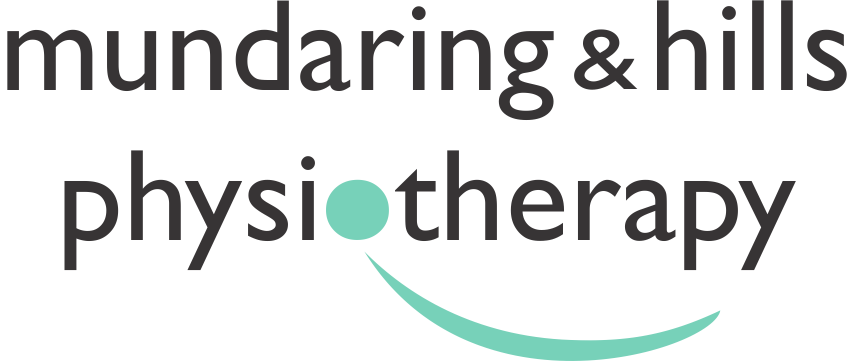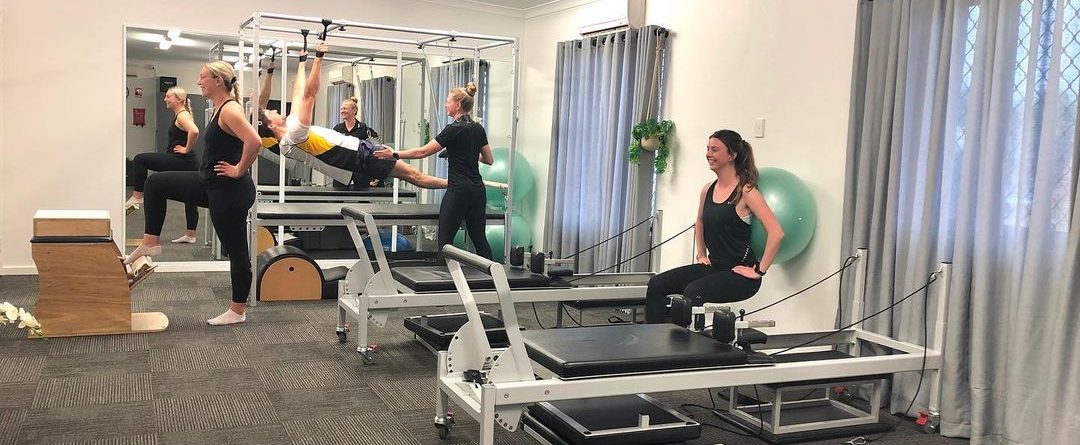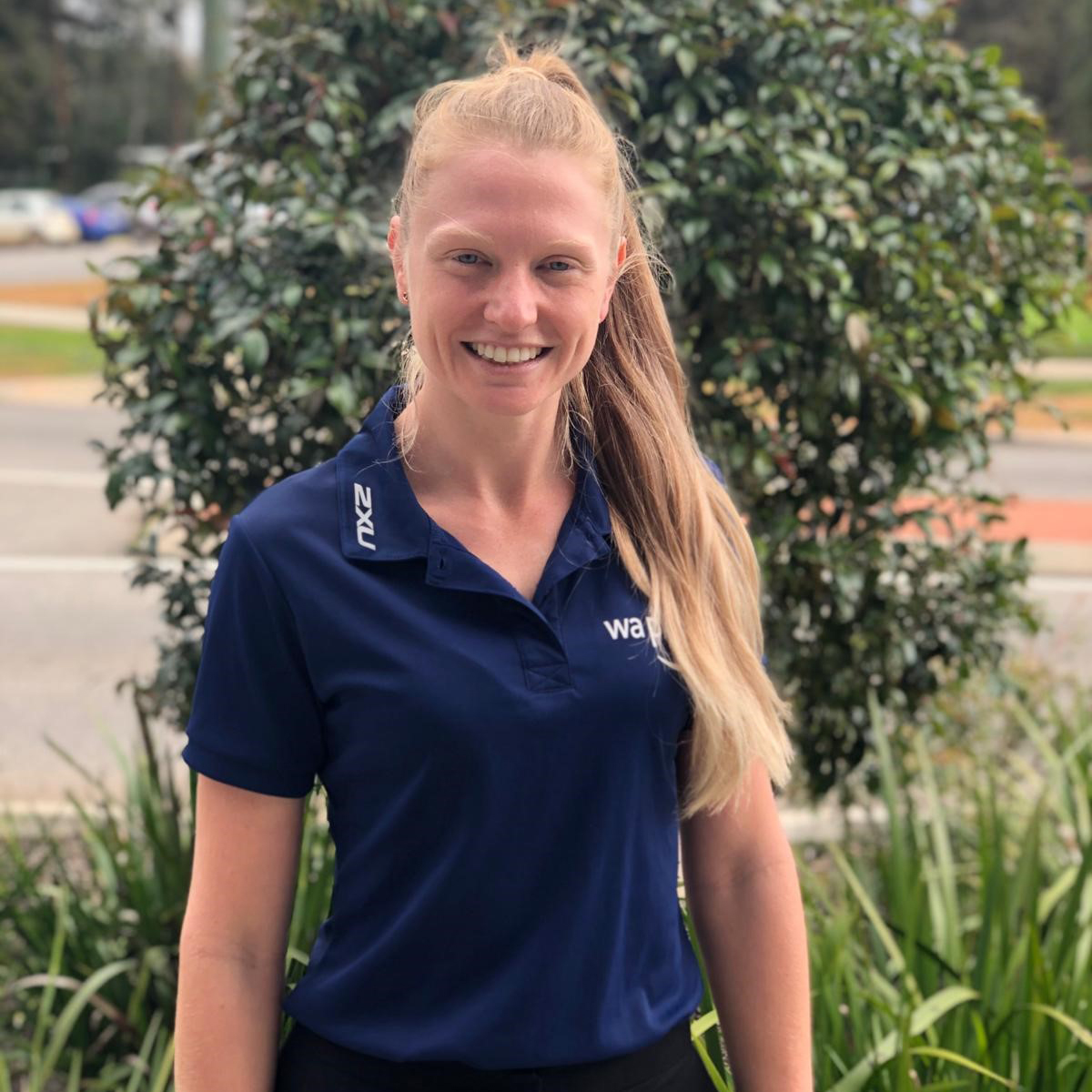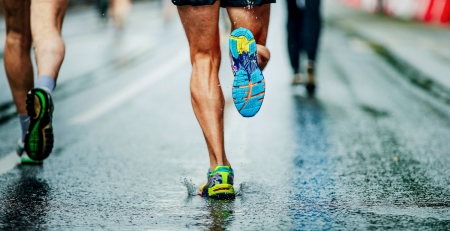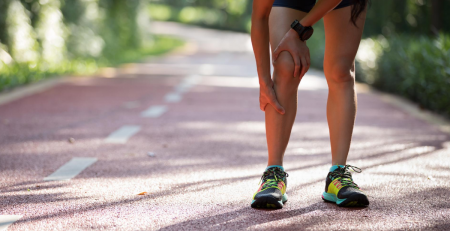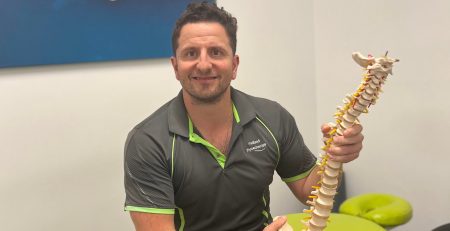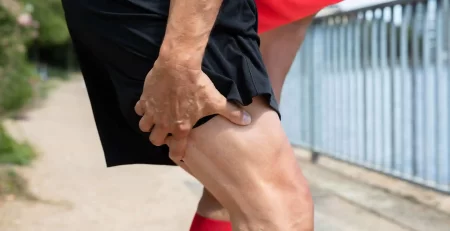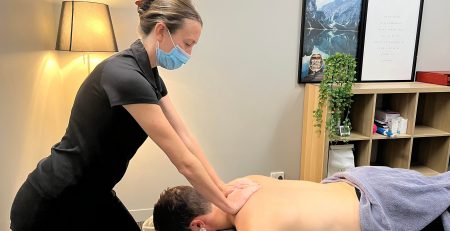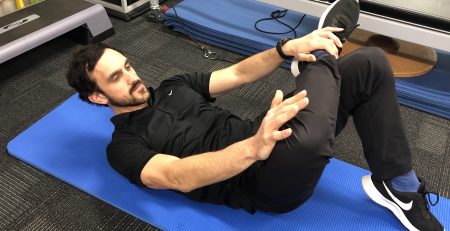Pilates – more than “stretching”
In the world of physiotherapy, Pilates-based exercise has been used to help people manage musculoskeletal pain, rehabilitate from injuries and improve efficiency of body movement. Physiotherapists have taken in Joseph Pilates “theory of Contrology” and layered our own professional knowledge to create a form of therapeutic exercise. Controversially starting out as the “magic pill” for low back pain, Pilates-based exercise can actually be adapted and tailored to address a wide range of injuries and demographics when guided by a trained physiotherapist.
The broad spectrum of exercises in Pilates practice, allows physiotherapists to use a diverse range of graded exercises to work for each individual. As physiotherapists, we are highly skilled at observing movement patterns with a thorough understanding of body mechanics, which are essential for treating people in a focused and purposeful way. Movements can range from being small, simple movements that target very specific muscles (i.e. clams targeting gluteus medius – feel that burn) or they can be movements through range to try channel and re-train a certain movement pattern.
Engaging specific muscles can help with building strength, control and reducing tension as part of making a movement pattern more efficient. Re-training certain movement patterns can be more helpful for those with chronic pain, helping to activate muscles in the preferred pattern which may have become inhibited due to the long-term presence of pain.
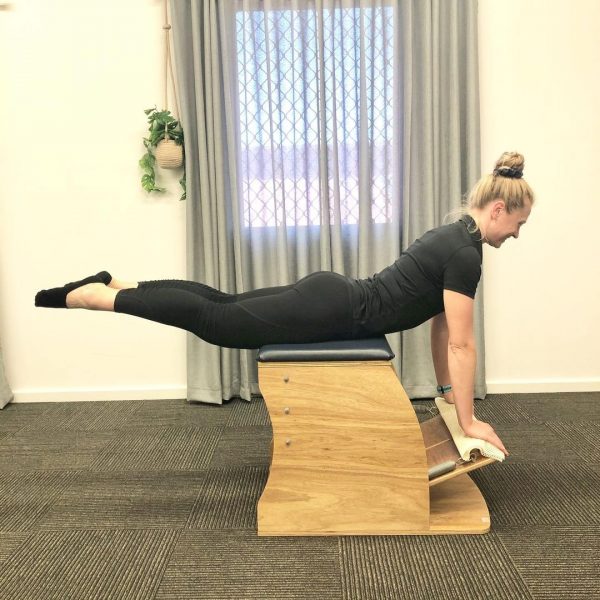
In Pilates, we have the added benefit of using spring resistance. The added load of springs can be gentle enough to challenge movement without becoming overly strenuous on the body. If you’re getting stronger and up for the challenge, we can ramp this up too (hehe).
Using spring resistance in the studio has similar benefits of using resistance band. As you’re pushing into the spring, the resistance increases for the shortening (concentric) phase of muscle contraction and you need to control the returning movement which is working on the lengthening (eccentric) phase of muscle movement. This not only generates increased muscle strength in both phases of muscle contraction but also improves your body’s proprioception, teaching your body (muscles, joints, nerves) how to fire efficiently during movement. As a result of this, we see many people whose balance and coordination benefits greatly from Pilates-based exercise.
In summary, Pilates-based exercise in physiotherapy is used for many different populations, injured or otherwise. We use these exercises to target specific muscle groups, re-train movement patterns and improve your balance/coordination of movement.
In my personal experience, I have worked with people from many walks of life, from elite-level athletes to spinal cord injury rehabilitation. Through the process of setting goals, educating about body movement, finding those exercises for the right movement pattern which collectively enables you to achieve those goals, is what brings me the most joy in my career.
At WA Physio Group we offer a wide range of Pilates-based services, including ante- and post-natal classes, for those looking for a refined form of exercise therapy from skilled physiotherapists. If you think this may be the form of exercise for you getting you on track for your goals, please feel welcome to talk to your physiotherapist or contact our wonderful team at our Midland clinic for more information.
Amy Zappavigna
Amy integrates her clinical skills, understanding of body functions and Pilates knowledge to treat and manage her clients in a holistic way.
Amy can assist you in developing a plan or management strategy to overcome your injury or achieve your next fitness goal.
In her spare time, Amy is training for her next triathlon or lounging with her greyhound, Lewis.
SPECIAL INTERESTS:
- Assessment and management of running injuries
- Rehabilitation of spinal pain
